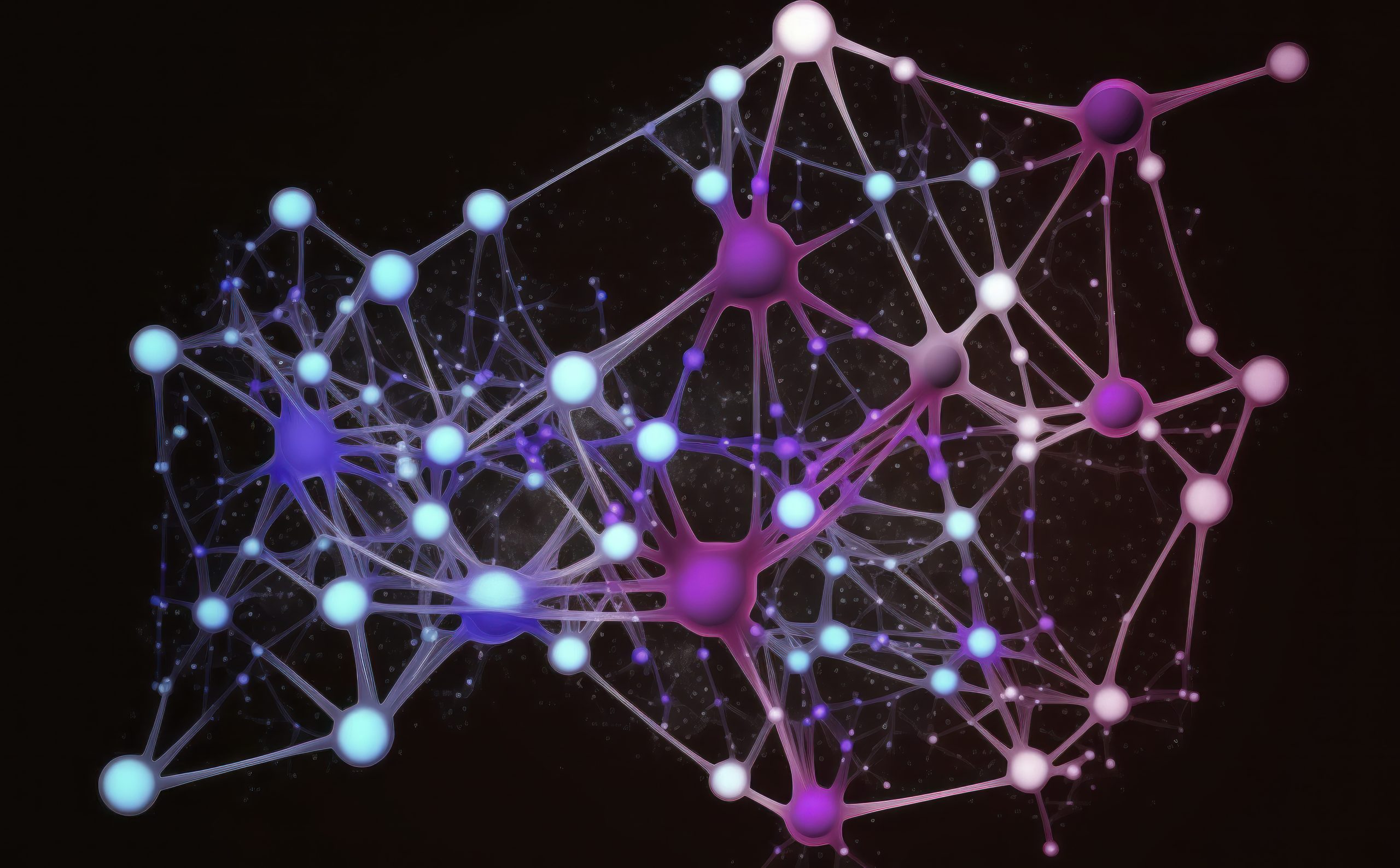Neuralink, founded by Elon Musk in 2016, is at the forefront of neurotechnology, aiming to transform the way humans interact with computers and other machines. The company’s goal is to develop high-bandwidth brain-machine interfaces (BCIs) that could revolutionize both the field of medicine and human cognitive potential. This article explores Neuralink’s technology, its potential applications, and the challenges it faces.
Neuralink’s Technology
Neuralink is developing a device known as the “Link,” an implantable chip that can read and write neural information. This device consists of a series of extremely thin electrodes (thinner than a human hair) that are implanted into the brain. The implantation is carried out by a specially designed surgical robot that can insert the electrodes with millimeter precision, minimizing damage to brain tissue.
The electrodes capture electrical signals generated by neurons and transmit them to the chip, which processes and interprets these signals. The Link can then send this information to a computer or external device, enabling bidirectional communication between the brain and the machine.
Medical Applications
One of the most promising applications of Neuralink’s technology is in the medical field. The device could be used to treat a variety of neurological conditions, such as:
- Parkinson’s Disease: Deep brain stimulation can help alleviate motor symptoms like tremors and rigidity.
- Epilepsy: Early detection of seizures can enable interventions to prevent or reduce the severity of the episodes.
- Spinal Cord Injuries: The interface could potentially help restore mobility in patients with paralyzing injuries by creating a neural bridge that bypasses damaged areas.
- Hearing and Vision Loss: Neuralink could develop neural prostheses that restore hearing and vision by sending signals directly to the brain.
Cognitive Enhancement
Beyond medical applications, Neuralink has the potential to enhance human cognitive abilities. Advanced brain-machine interfaces could allow for:
- Direct Access to Information: Imagine being able to access the internet or a database directly with thought, without the need for an intermediary device.
- Telepathic Communication: Advanced interfaces could enable direct communication between human brains, eliminating language and communication barriers.
- Device Control: The ability to control computers, smartphones, and other devices with thought alone could transform human-machine interaction, making it more intuitive and efficient.
Challenges and Ethical Considerations
While Neuralink’s technology is promising, it also faces several challenges and ethical issues:
- Safety and Biocompatibility: Ensuring that the devices are safe for long-term implantation and do not cause damage to brain tissue is a significant challenge.
- Data Privacy and Security: Transmitting neural data raises concerns about the privacy and security of sensitive information.
- Ethical Issues: The potential for cognitive enhancement raises ethical questions about equal access and the social impacts of such technologies.
Neuralink is at the forefront of a technological revolution that could transform medicine and enhance human capabilities. While significant challenges remain, the progress made so far is promising. If successful, Neuralink could open a new chapter in brain-machine interface technology, offering new opportunities for treating neurological diseases and expanding human capabilities. The journey to achieve these goals is just beginning, but the potential impact is vast and profound.

